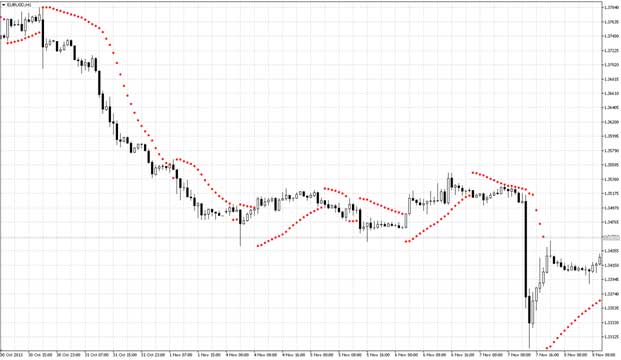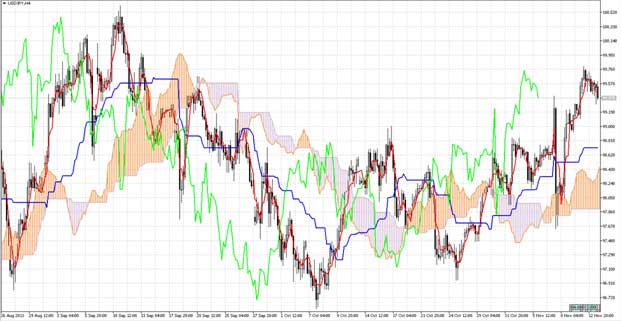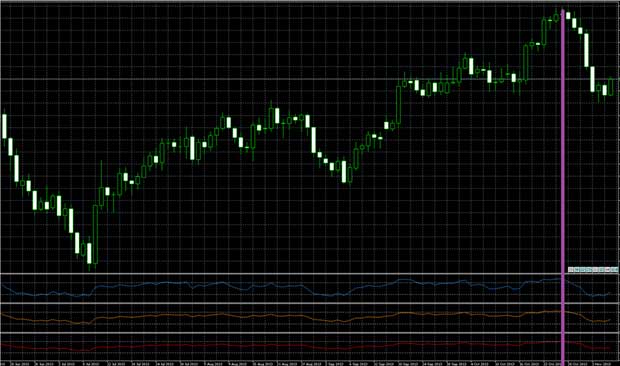How to Find Success with Binary Options Signals
Binary options are a new way of trading that offer huge upside, while being very simple to understand and hence ideal for beginners. To generate consistent returns, it’s beneficial to trade with the help of binary options signals. Here, we go into some depth on the art and science of trading with binary signals.
Latest Articles
View all postsWhat are binary options?
Binary options have changed the game of trading dramatically since brokers started offering them. Previously, trading required not only getting the direction correct, but also the size of the move right too. Moreover the limit on leverage with standard trading was generally capped at a low level. Binaries solved both these issues.
To profit from a binary option, all that is required is for you the trader to make a call as to whether the asset will finish ‘up’ or ‘down’ at a certain time (the ‘expiry’). It doesn’t matter if it moves 0.1% or 10% in your favour – the payout is the same. This eliminates a large extra variable from making trading decisions. Also, binaries offer outstanding leverage. Since you cannot lose more than the capital invested, and this amount is known in advance (unlike normal trading), you can – if you desire – typically get 80% returns on your capital in a single trade!
Because of this ease of use and the leverage provided, they are suitable instruments for beginners and especially those with smaller account sizes. However, they’re also heavily used by professionals thanks to enabling profit profiles that are impossible to construct with other instruments.
What are binary options signals?
‘Signals’ are typically indications of the direction an asset will move within a certain timeframe. That is, signals are kind of like automatic traders; they follow an algorithm which has generally been backtested and shown to be successful historically, and this algorithm determines when there is a high chance of a profitable trade – and the correct direction to put it on.
Signals can be extremely varied. They can be manually determined: say if you think that when the price of EURUSD reaches the 200 day moving average, it is more likely to go through than to bounce back. In this case, you can watch a chart and keep an eye on the price and 200 day MA; as soon as it touches it, you can put on your bet.
More commonly, the signals are automated. In the above example, there are free software platforms (some brokers may allow this functionality too) which allow you to set up an alert on hitting the 200 day MA, so that you don’t have to keep an eye on the chart continuously. Even better, some platforms may allow you to automate the entire process; a signal is generated, an order is sent through, and profit is collected, all without your intervention necessary.
Why should I use signals?
There are a number of good reasons to incorporate signals into your trading. First of all, good signals have generally been tested historically and shown to be profitable. Therefore a complete novice armed with the right signals may be able to be profitable straight off the bat!
Even if you want to retain your own discretion to an extent, signals can be very helpful in boosting your profitability. If you are unsure about a position, for example, you can take a look at what the signals say – if they’re mixed as well, then you can sit out that trade. Even better, if you have a conviction on a trade, you can take a look at the signals and if they reinforce your conviction you can trade with extra size on that particular trade.
Another great reason to use signals has been alluded to above: the possibility of automation. Here’s a rhetorical question: how would you like to have consistent profits going into your account on a weekly basis with no input or work required on your end? It’s rhetorical because I’m sure you shouted yes at the top of your voice! Well, this is something that the right setup of signals can provide. With the correct software and brokers and signal providers, consistent passive income is a reality.
How do I use signals?
First of all, you need to decide on your trading niche. What asset do you want to concentrate on? Forex, stocks, commodities perhaps? What timeframe are you looking at? Binaries come in a range of expiries from ultra-short 1 minute options to long-term 3 month ones. Where do you feel most comfortable and have the most experience? It’s critical to decide on your niche and be clear about this in your mind, because most signals are calibrated to a particular asset and to a particular timeframe.
Next you have to decide how you’re going to incorporate them into your trading. Are you going to remain mainly discretionary and use them occasionally as a filter? Are you trying to be completely hands off and let the signals run your account for you? Different signals do these jobs differently. Some signals will simply say ‘Up’ or ‘Down’; others will come with a percentage confidence figure. The latter may be more useful as a filter, and the former for full automation.
Now that you know what your asset, timeframe, and trading style is going to be, you have to find signals that match your choices. The most important factor when picking a signal is, of course, profitability. You will want to check profitability over a good length of time historically. One of the key things to look for when doing this is to see if you can spot market conditions where the signal is particularly effective, and conditions where it losses effectiveness. If you can do this, you will know how much weight to put on the signal depending on current market conditions.
Where do I get signals?
There are two main ways to get signals: come up with your own, or sign up to signal providers.
Coming up with your own is, of course, free – but requires a lot more time and effort, as well as specialised software. There is no guarantee that you will find effective signals either. However, if you do try this route, a good place to start is to think about technical indicators like moving averages or RSI, and base signals off those. Another method that I like to use personally is to translate your trading style into a signal – if you have success fading breakouts, for example, you can test this historically and set it up as a signal if it is indeed profitable.
The less time-consuming and more consistent route is via online signal providers. There are a number of providers these days who claim to have amazing systems that generate 1000% returns in a few minutes. Treat these with extreme caution. Where possible, find signals that match your needs and have a clear history of success that you can verify. Also, it is important to make sure that the profit you generate from the signals is more than their cost; otherwise, you may as well not have them at all.
Here are two recommended signal providers who have consistent track records and numerous other benefits:
- www.autobinarysignals.com
- www.binaryoptionstradingsignals.com
In conclusion, binary signals can be invaluable tools to take your trading to a whole new level. Approach them with the right mindset and watch your bankroll grow!



